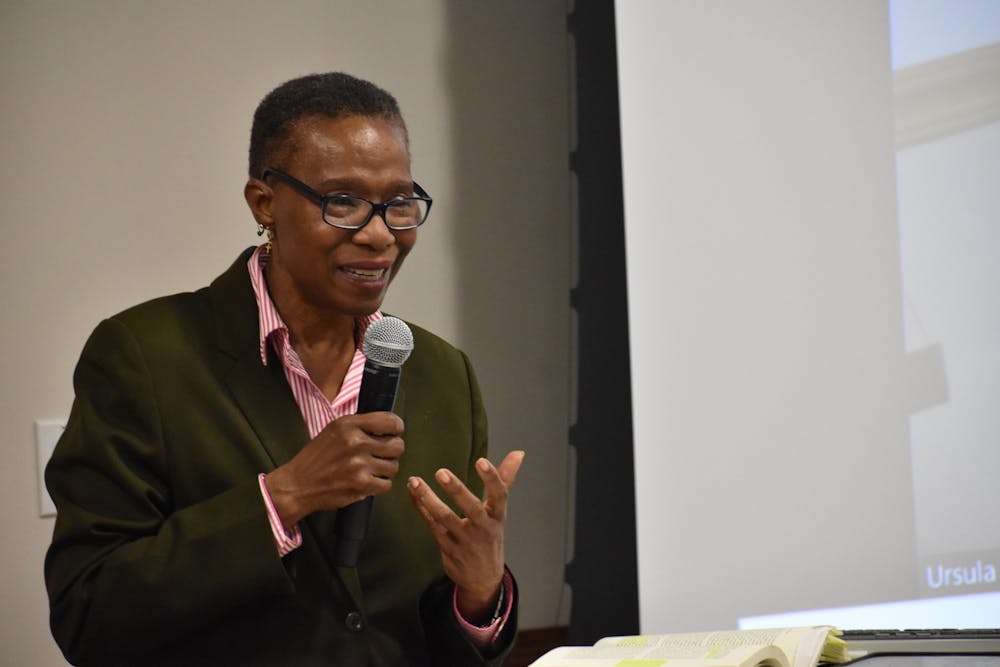The Lilly Library celebrated the launch of a new digital resource on Thursday. The collection is called Land, Wealth, Liberation: The making and unmaking of Black wealth in the United States.
“I am extremely proud of my colleagues who have dedicated their time and expertise to amplifying the history and experiences of Black and Indigineous people,” the Ruth Lilly Dean of University Libraries Diane Dallis- Comentale said.
The digital resource provides an interactive timeline of events that affected the history of Black wealth in the country.
“This is a work in progress, and this is constantly being added to,” Ursula Romero, public services librarian at the Lilly Library, said Thursday.
Some of the topics discussed in the collection include predatory lending and the history of lynching. The effects of redlining were also discussed, which refers to the practice of denying loans to people based on their neighborhood.
The timeline includes pictures, videos and personal stories from those affected by the practices.
“One of the things storytelling does is bring humanity to the forefront,” Willa Tavernier, research impact and open scholarship librarian at IU, said.
The event also featured a discussion of Black Wealth with Valerie Grim, professor of African American and African Diaspora Studies, and Anna Gifty Opuko-Agyeman, author of the “Black Agenda."
“The product of Blacks was always perceived to be less,” Grim said.
The collection is available to anyone in Indiana to access. It is available online on JSTOR, the primary source and academic journal database. It is also available at IU ScholarWorks, Tavernier said.
Prior to the event, the Lilly Library set up a pop-up exhibit to display some of the physical copies of the collection's primary sources, such as original books and newspaper articles.
The collection includes a section on Afro-Indigenous intersection in the U.S. This refers to interactions between African American groups and Indigenous peoples.
“Some of this stuff is not so historical, '' Grim said. “You still have people being harmed and hurt.”
Another section of the digital resource includes guides to teaching about specific events in the history of Black wealth in the U.S. There are guides for teaching about the Tulsa Race Massacre and the effect housing inequality had on the Hayti neighborhood in Durham, North Carolina.
There is also a guide on teaching the history of Indiana Avenue, a road in Indianapolis that had many Black-owned businesses.




